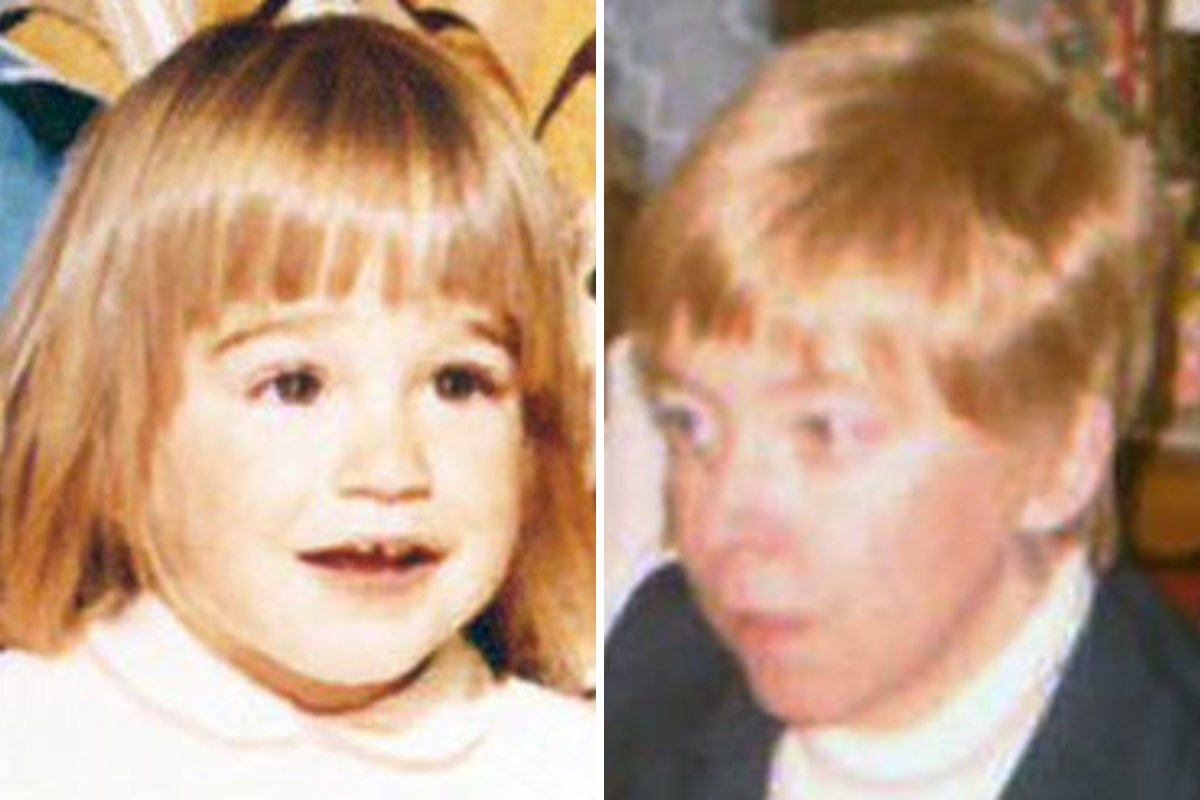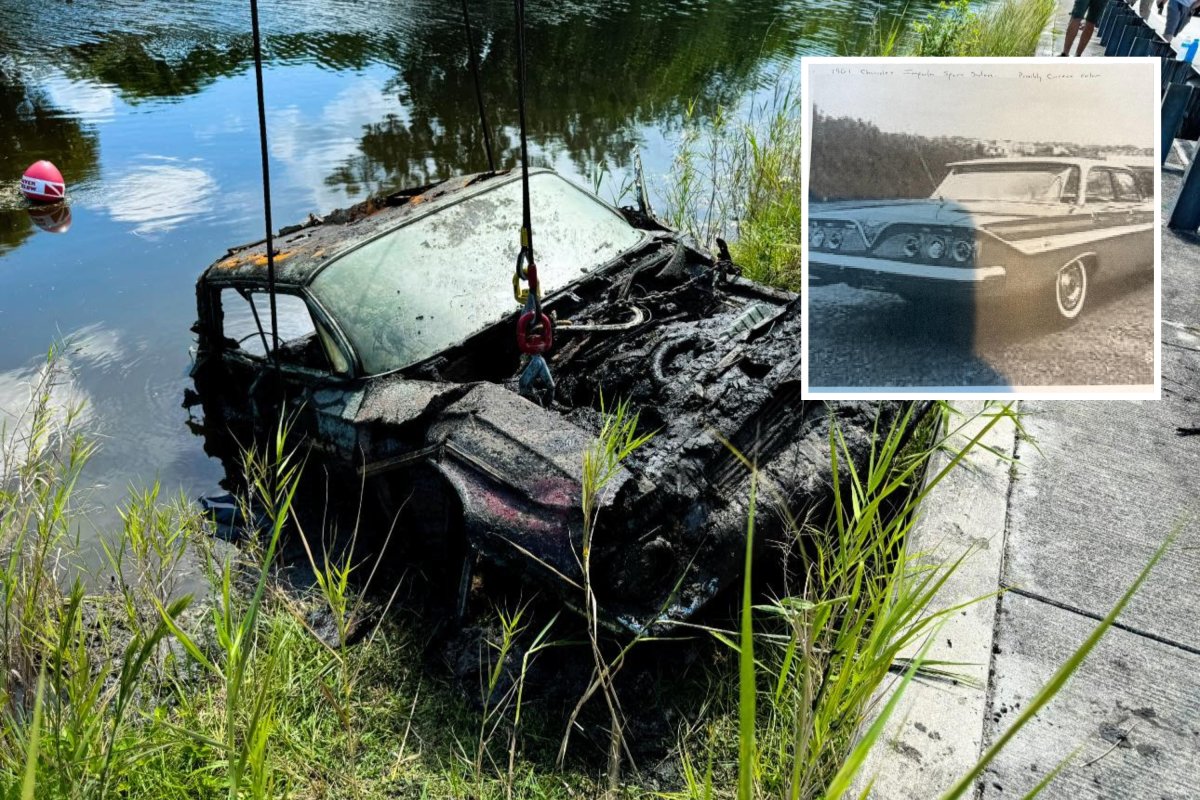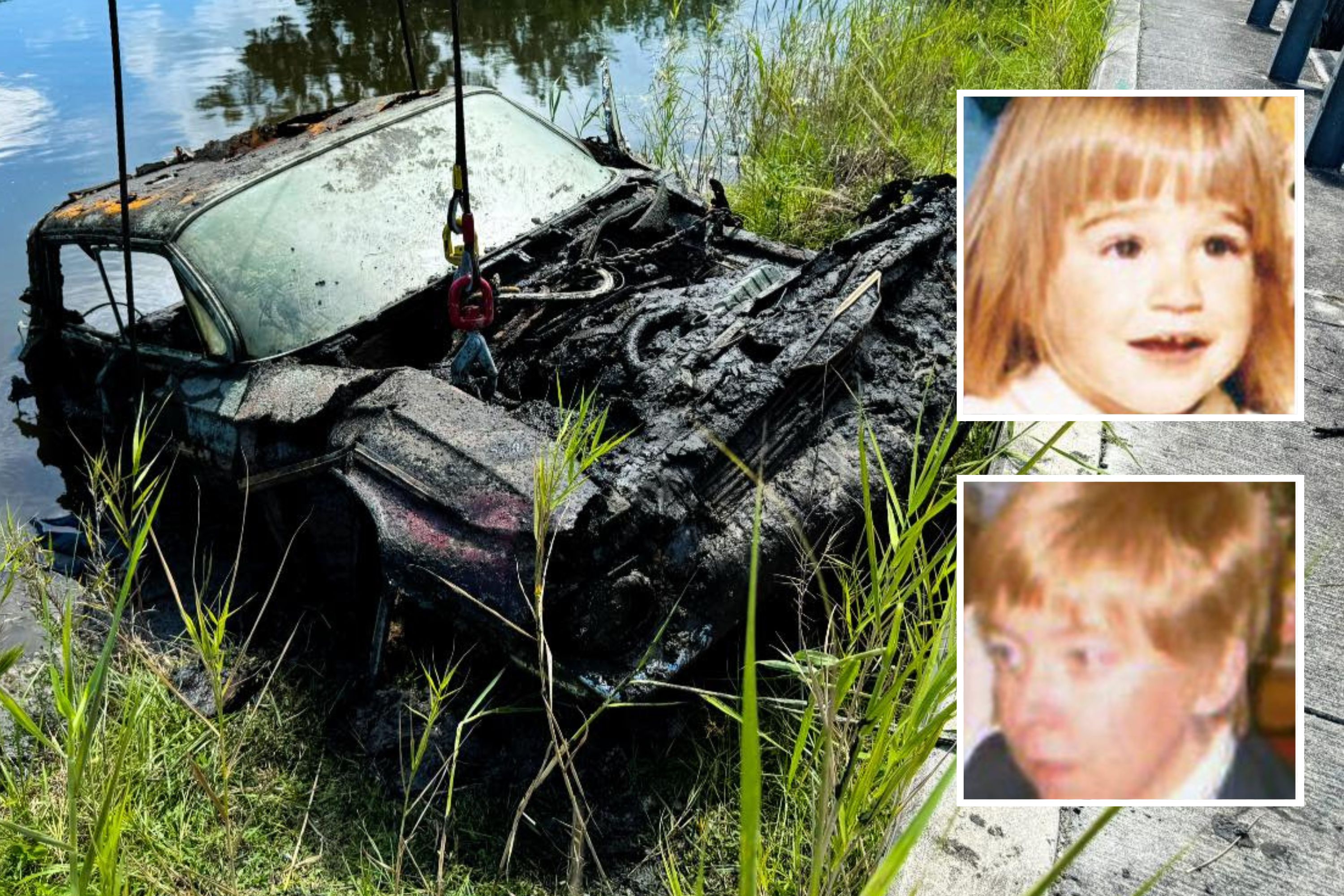A dedicated volunteer sonar team recently cracked a nearly half-century-old case in South Florida by finding the remains of a mother and her young daughter inside a submerged car.
Doris Wurst, 34, and her 3-year-old daughter, Caren, went missing in November 1974 from their home in the now-defunct Sunshine City Trailer Park. Despite extensive investigations over the years, their case had turned cold, leaving families and the community searching for answers.
While the Plantation Police Department has yet to publicly confirm their identities pending DNA and dental verification, the missing persons details align closely with the findings.

FDLE
Last Saturday, Sunshine State Sonar, a nonprofit specializing in locating vehicles in missing persons cases, teamed up with local authorities to search a canal along West Broward Boulevard. During their efforts, they discovered what appeared to be a 1960s Chevrolet Impala.
Detectives from the Plantation Police Department and the Broward Sheriff’s Office Forensic Dive Team confirmed the vehicle’s identity and discovered skeletal remains inside that fit the descriptions of the missing mother and daughter.
Sunshine State Sonar’s Mission
Initially, the sonar team found one Impala, but after the dive, it turned out to be a different model and color with no remains. “We analyze where the individuals were last seen, mapping out their routes,” explained Sullivan from the sonar team. “Then we search the water in those areas looking for vehicles.”
Over the past 14 months, the group has conducted four searches, covering extensive areas to finally locate the vehicle.
“We’re a no-cost resource for families dealing with a long-term missing persons case,” Sullivan added.

Sunshine State Sonar
With the recent discovery, the Wurst family has been notified, providing much-needed closure to a case that has haunted the community for decades.
Identifying Human Remains
The process to identify the skeletal remains starts with an anthropological assessment to look for any signs of trauma or indication of the cause of death.
Once that’s done, the next step is DNA testing, typically using samples from the femur, which is a strong and compact bone ideal for extraction.
Coble explains the DNA extraction process: “We take a small sample, clean it, grind it into powder, and use a buffer to turn it into a liquid for DNA extraction.” For accurate identification, it’s essential for families of missing persons to cooperate with law enforcement to match DNA samples.

Sunshine State Sonar
Interestingly, the DNA collected is not entered into the criminal database (CODIS). Instead, there’s a separate index dedicated to missing persons, ensuring families can provide samples without worry.
The process of testing and identifying remains can take anywhere from one to four months, depending on the bone’s condition. “If the sample has been exposed to the elements for a long time, we might face challenges in obtaining a usable DNA profile,” Coble noted.
